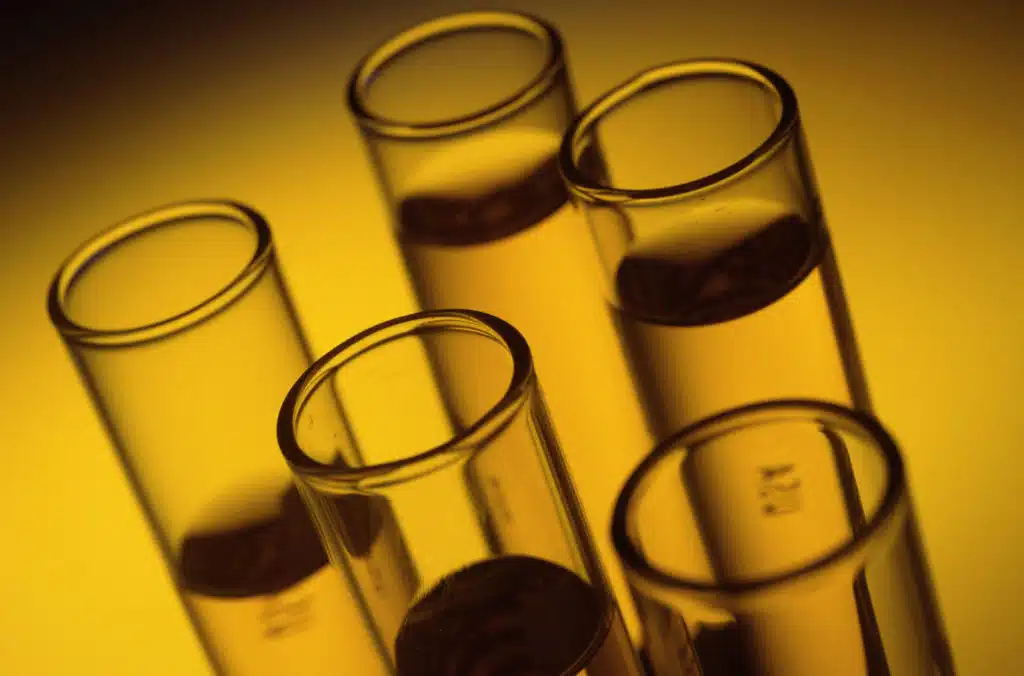Salads, shampoos and mining to benefit from theoretical research into droplets
How much effort does it take to understand the behaviour of oil droplets?
A multi-disciplinary team of six researchers from the University of Melbourne has spent the best part of two years, and used $300,000 of equipment to crack the problem.
They have developed a technique to measure the tiny forces between droplets in liquids. But the result could be the improvement of the design and production of everyday products worth hundreds of millions of dollars.
For the first time, the researchers can measure the attraction between oil droplets in water- and this has application for products ranging from milk and ice-cream to shampoos, drugs, and even mineral processing.
All these instances involve emulsions, the dispersion of droplets of oil through water.
“This was a truly multi-disciplinary effort,” says team member Dr Raymond Dagastine from the Particulate Fluids Processing Centre in the Department of Chemical and Biomolecular Engineering.
“We had chemists, chemical engineers and mathematicians all working together because, not only did we have to figure out how to hold and push two tiny droplets together, and how to measure their interaction, but we also needed to interpret the information we collected.”
An experimental tool known as an Atomic Force Microscope was used to drive two oil droplets together in water very carefully at different speeds. The researchers developed a theoretical analysis to describe the collisions. In the end they were able to measure, understand and even predict how emulsion droplets interact with each other.
Emulsions are made of droplets of one liquid colliding with each other in another liquid. Some droplets collide and bounce away, while others can collide and stick together or coalesce. It may seem simple, but the physics behind controlling whether the oil and water remain dispersed or how fast they separate is a key variable in the purification steps in pharmaceutical and minerals processing.
In addition, the separation that happens in salad dressing can be prevented from happening in products such as shampoo, milk and even ice cream. “It all could lead to improvements such as shampoos that clean better and mineral processing equipment that is smaller and more efficient,” Raymond says.
This work was recently published in Science the weekly journal of the American Association for the Advancement of Science.
Raymond Dagastine is one of 16 Fresh Scientists who are presenting their research to school students and the general public for the first time thanks to Fresh Science, a national program hosted by the Melbourne Museum and sponsored by the Federal and Victorian governments, New Scientist, The Australian and Quantum Communications Victoria. One of the Fresh Scientists will win a trip to the UK courtesy of the British Council to present his or her work to the Royal Institution.





 Fresh Science is on hold for 2022. We will be back in 2023.
Fresh Science is on hold for 2022. We will be back in 2023.